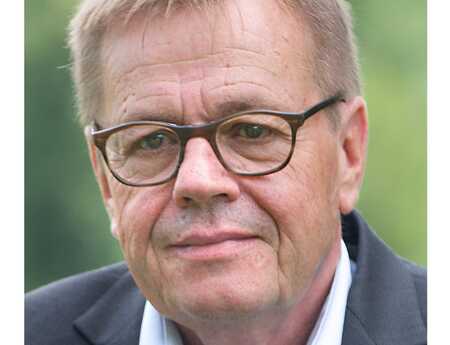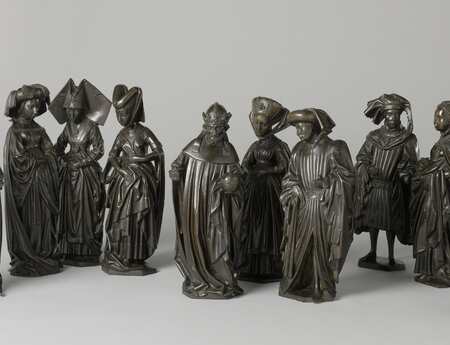A touch of Père-Lachaise in Elversberg
West Germany in the mid-1970s: In the Palatinate – as everywhere else in the country of the economic miracle, the FRG – the party cellar was the “place to be”. People were cuddling standing up to “Angie” by the Rolling Stones and sometimes even fondling with Angie lying down to “Heart of Gold” by Neil Young. But the party really got going to the hits of Boney M. The inventor, creator and producer of the disco formation passed away in January 2024. The gravestone of Franz Reuther, alias Frank Fabian, is just as unusual as his career.
It is hard to miss this monument in the small, picturesque Gänsberg cemetery in Spiesen-Elversberg, all the more so as the cemetery in the town of the almost Bundesliga team “Sportvereinigung 07 Elversberg” is otherwise rather inconspicuous. Elaborate grave memorials are hardly to be seen here; industrially manufactured standardised products dominate the scene. But one grave certainly catches the eye: In a four-by-four-metre gravesite rests Boney M. inventor and Milli Vanilli producer Frank Farian, whose real name was Franz Reuther. He passed away in January 2024 at the age of 82 in his apartment in Miami and requested to be buried in his hometown of Spiesen-Elversberg at the side of his mother.
Granite, gold lettering and a mixing desk
In the centre of the grave there is a large retro-style stand-up microphone, flanked by two black plaques made of black Swedish granite with the laser-engraved portraits of Frank Farian and his mother. Underneath, heightened with gold, sans serif, sandblasted and rather amateurishly designed, are the names and biographical dates of the deceased. Also noted for Franz Reuther in capital letters is “AKA (also known as) Frank Farian”. On two equally black reclining plates in front of it, the lines “By the rivers of Babylon – There we sat down – Yeah, yeah, we wept – When we remembered Zion” (this song featuring Boney M. made Farian world-famous in 1978) were inscribed next to Frank Farian, and “The moon has risen” (a children's song over 200 years old) was noted next to his mother. The full-surface tomb cover in front of it shows the musician's mixing console on a printed foil. The sliders are set on “Daddy Cool”, the legendary producer's first big hit. The printed reconstruction has been carefully adjusted down to the smallest details. Handwritten notes such as “Vocals” and “Guitar” appear on post-its. Two lamps provide light in the dark.
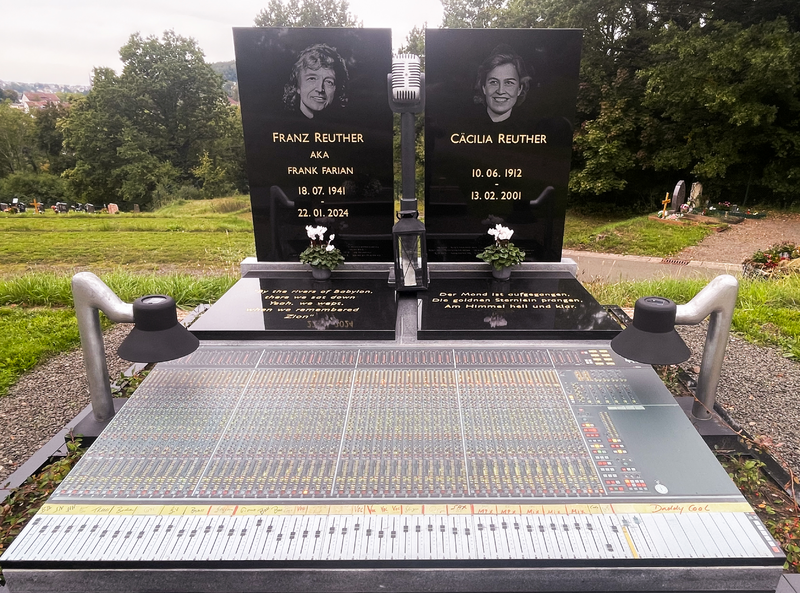
From hit dude to millionaire
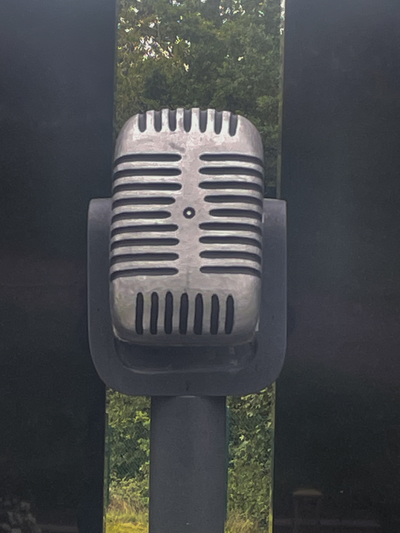
A grave sign as a tourist attraction
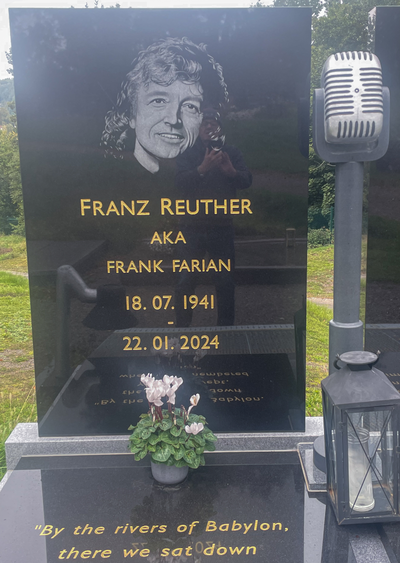
The author Willy Hafner vividly remembers the parties of the 1970s – a time when many wanted more democracy instead of less. Tempi passati! He wrote this text in German.

